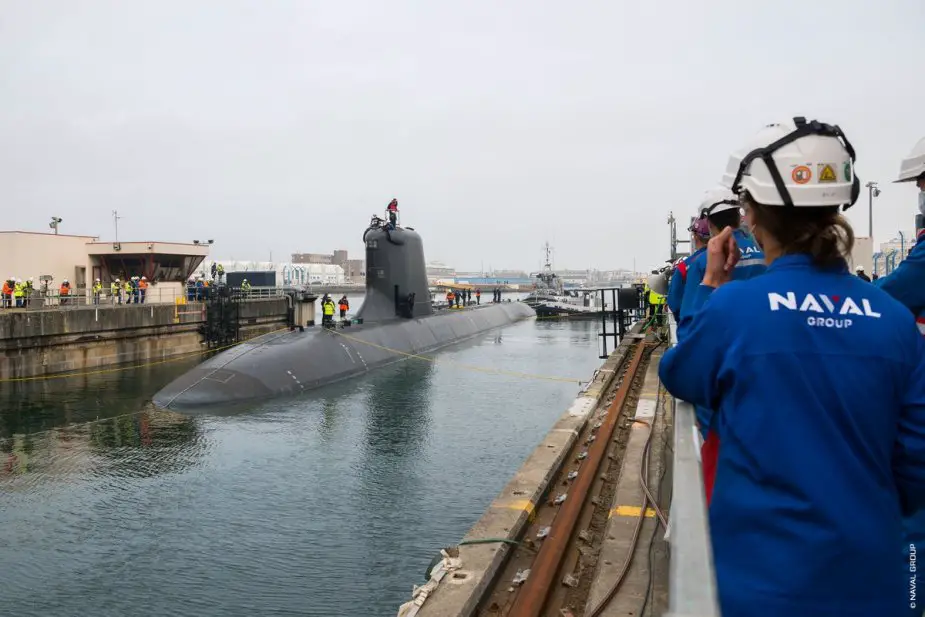Breaking news
India could be interested in French Barracuda-class submarines.
According to information published by BFM TV on September 23, 2021, after the cancellation of the contract between Naval Group and the Australian Department of Defence, India would be interested in those Barracuda-class submarines.
Follow Navy Recognition on Google News at this link
 Launch of the first Barracuda-class submarine Suffren (Picture source: Twitter account of Defence Turkey)
Launch of the first Barracuda-class submarine Suffren (Picture source: Twitter account of Defence Turkey)
The Barracuda-class (or Suffren-class) is a nuclear attack submarine (SSN), designed by the French shipbuilder Naval Group, formerly known as DCNS and DCN, for the French Navy, intended to replace the Rubis-class submarines. On 22 December 2006, the French government placed a €7.9 billion order for six Barracuda submarines with Naval Group and their nuclear powerplants with Areva-Technicatome. Construction began in 2007 and the first unit will be commissioned in 2019. The Barracuda class nuclear reactor incorporates several improvements over that of the preceding Rubis. Notably, it extends the time between refueling and complex overhauls (RCOHs) from 7 to 10 years, enabling higher at-sea availability.
Barracudas will use technology from the Triomphant class, including pump-jet propulsion. This class reportedly produces approximately 1/1,000 of the detectable noise of the Redoutable-class submarines (it will equal de noise made by shrimps), and they are ten times more sensitive in detecting other submarines.
With their new equipment, the Barracuda will now be able to launch naval cruise missiles with a range of about 1,000 km. The SSN will be fitted with torpedo-tube-launched cruise missiles MDCN SCALP Naval for long-range (well above 1,000 km, 620 mi) strikes against strategic ground targets. Their missions will include anti-surface and anti-submarine warfare, land attack, intelligence gathering, crisis management and special operations. In support of special operations missions, Barracudas may also accommodate up to 12 commandos whose equipment will be stored in a mobile pod; for this type of mission, they benefit from a deck hangar (somehow like the "Surcouf" of the 2nd World War), accessible from an airlock, which will allow the combat divers to rally a 3rd-generation underwater propulsor (a kind of pocket submarine), a capacity that until now only Americans and the British had.




























